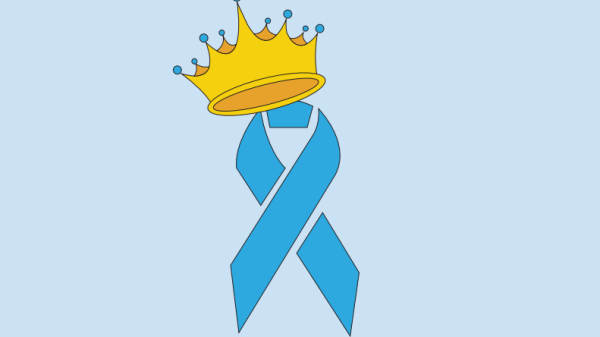A Garbage Ecosystem

From the first discovery of the Pacific Garbage Patch in 1997, the mishmash of plastic bottles, sullied linens and destructive debris has grown to a new tipping point: the Pacific Garbage Patch has formed an ecosystem of its own.
“Also known as the Pacific Trash Vortex,” the National Geographic Society said. “The garbage patch is actually two distinct collections of debris bounded by the massive North Pacific Subtropical Gyre.”
A “gyre” is essentially two mammoth whirlpools which pull objects into circulation and form patches in the ocean, mainly full of debris. While these garbage patches are not nearly as deadly as the Pacific Garbage Patch, they are still extremely problematic.
This marine debris is often deadly to multiple species of marine fauna. Loggerhead sea turtles, for instance, mistake plastic bags for jellyfish and are choked to death, prompting metal and paper straw use worldwide.
This diagnosis does not even include the mass amounts of harmful chemicals that are plaguing the ocean due to the excess of plastics entering the food chain.
However, as deadly to the environment as they may be, life is a possibility in these destructive abominations.
“A study published in the Nature Ecology and Evolution journal…outlined the thriving ecosystems discovered on the Great Pacific Garbage Patch,” Global News said. These included not only mollusks, barnacles and sea anemones, but also 484 marine invertebrates from 46 different species.
The garbage patch has created an ecosystem for creatures which would not normally be able to thrive in the open ocean, allowing for a diverse array of sea life in the gyre.
Although the Pacific Garbage Patch may look disgusting and vile, beauty may shine through in the ecosystem being created below.
Picture from Anthropocene Magazine







